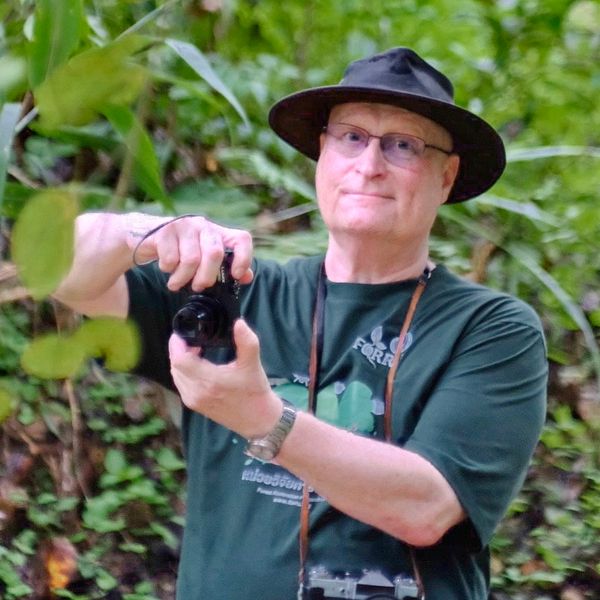Forest restoration research in conservation areas in northern Thailand

Blakesley, D., J. A. McGregor and S. Elliott, 2000. Forest restoration research in conservation areas in northern Thailand. Pp 262-275, chapter 12 in: Warhurst, A. (Ed.) Towards a Collaborative Environmental Research Agenda: Challenges for Business and Society. Macmillan Press Ltd., London, 300 pp.
Loss of forests and their associated biodiversity is a serious issue in many tropical countries. In Thailand, for example, forest cover has been reduced from about 53% in the early 1960s (Bhumibamon, 1986) to about 22.8% or 111,010 km? today (FAO 1997) Until very recently, rapid economic development of the country and its integration into the global economy has been a major underlying cause of deforestation. Especially in the late 1970s and early 80s, deforestation was largely the result of logging and the expansion of agricultural land. Consequently today, secondary forests and completely denuded land occupy large areas. Although Thailand has an extensive system of national parks and wildlife sanctuaries, occupying about 13% of its area, even these so-called protected areas contain large deforested areas. To counteract continuing deforestation, conversion of deforested areas back into forest is necessary to protect watersheds and conserve biodiversity. Large-scale restoration of forest ecosystems will require close co-operation between government agencies and local people; the development of new and technically sound methods of tree propagation and planting and the provision of resources and expertise to all participating organizations. Community forestry could give local people greater control over local forest resources, but such programmes will also require technically sound restoration strategies if they are to provide the required diverse range of forest products and ecological services. In 1993 a major reforestation project was initiated in Thailand to mark His Majesty King Bhumibol Adulyadej's Golden Jubilee. The long term aim of this project is to plant native tree species on 8,000 km? of degraded forest land. In contrast to previous reforestation programs in Thailand, which involved planting monocultures of pines and eucalypts, the Golden Jubilee project is using a wide range of native forest tree species. Tree planting is being undertaken by a diverse range of organizations, including villages, schools, charitable foundations, religious groups, other NGOs and large corporations, such as the state oil and electricity companies. The project will continue until 2002. Nursery practices in Thailand are very advanced for woody species, but this technology has concentrated almost exclusively on commercial plantation species. Knowledge of the habitat requirements and how to propagate and plant the vast majority of Thailand's estimated 3,600 native tree species is very limited. Recognizing the need to initiate research on the scientific and technical aspects of forest restoration, Chiang Mai University and the Royal Forest Department jointly founded the Forest Restoration Research Unit (FORRU) in 1994, in collaboration with the University of Bath and the Natural History Museum, London. Its aims are to develop tools for studying the restoration of natural forest ecosystems; to determine ways in which these processes might be accelerated, to develop methods to propagate appropriate tree species for experimental planting trials and to provide information to organizations and individuals involved in reforestation programs. To achieve this, FORRU is building relationships with local villagers and educational organizations to ensure that its scientific resources are made available to people carrying out tree planting projects. Such relationships ensure that appropriate research is undertaken and that appropriate educational materials are produced. A successful outcome to this project will be the adoption of effective and appropriate nursery practices and the cultivation of a wide range of native tree species by organizations carrying out reforestation projects.


